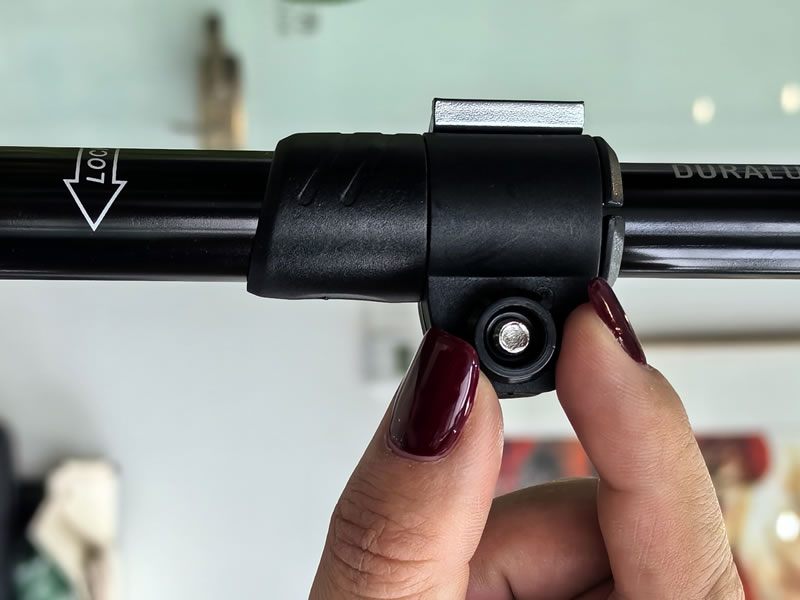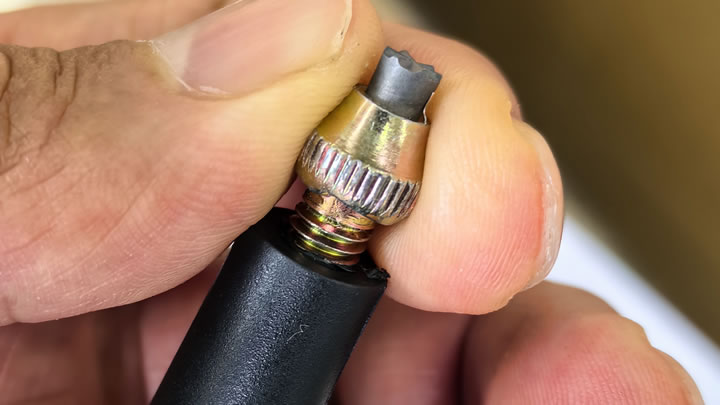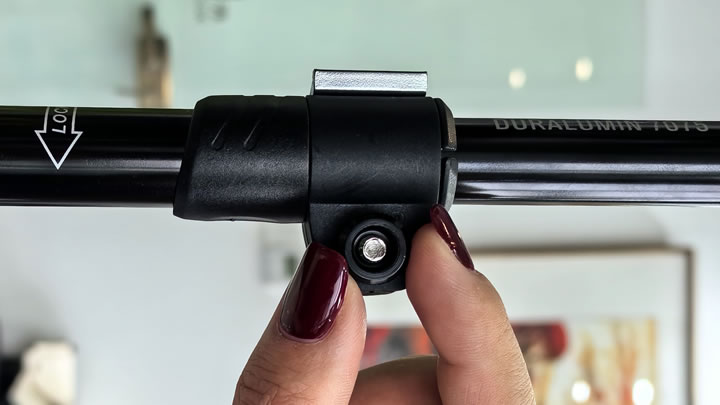How to fix a stuck locking mechanism on a walking pole?
A stuck locking mechanism on a walking pole is more than just an inconvenience—it can render your essential gear useless on the trail and potentially compromise your safety. Whether it's a flick-lock that won't budge or a twist-lock that's frozen in place, understanding how to diagnose and repair the problem is a valuable skill for any hiker. This comprehensive guide will walk you through the process of reviving your poles, from simple cleaning to more advanced techniques.

Understanding Your Locking Mechanism
Before attempting repairs, identify your pole's locking system:
- Flick-Lock/Lever-Lock: Uses a lever to tighten a metal band around the inner pole
- Twist-Lock: Relies on twisting sections to expand an internal plug
Each requires a different approach, though the initial cleaning steps are similar.
Step 1: Initial Assessment and Basic Cleaning
Start with the least invasive methods:
- Safety First: Ensure the mechanism is fully released before applying force.
- Visual Inspection: Check for obvious damage, cracks, or foreign objects.
- Basic Cleaning:Use a soft brush (an old toothbrush works perfectly) to remove external dirtFlush with warm water to dislodge fine gritFor stubborn debris, use compressed air or a dental water flosserAllow to dry completely before proceeding
Step 2: Targeted Solutions by Mechanism Type
For Stuck Flick-Lock/Lever-Lock Mechanisms:
- Lever Mechanism Issues:Check if the lever itself is damaged or obstructedApply a small amount of silicone-based lubricant (never WD-40) to the pivot pointWork the lever back and forth gently to distribute lubricant
- Internal Cam and Band:If the lever moves but won't tighten, the internal cam may be wornSome models allow cam replacement; consult manufacturer guidelinesFor persistent sticking, partially disassemble according to manufacturer instructions
- Frozen Lock Due to Grit:Soak the affected area in warm, soapy waterUse a toothpick to carefully remove embedded particlesRinse thoroughly and dry before testing
For Stuck Twist-Lock Mechanisms:
- The Rubber Mallet Method:Hold the pole vertically and gently tap the connection point with a rubber malletRotate the pole slightly between tapsThis can break the corrosion or dirt bond without damaging the pole
- Controlled Torque Application:Wear rubber gloves for better gripApply steady, gradual pressure rather than sudden forceIf possible, secure the upper section in a vise (with soft jaws) while turning the lower
- Heat Application (Advanced):Use a hairdryer on low heat to warm the outer sectionMetal expands when heated, potentially breaking the bondNever use open flames or excessive heat that could damage materials
Step 3: Advanced Troubleshooting Techniques
For mechanisms that resist basic treatment:
- Penetrating Lubricant:Use a specialized penetrating oil (like Liquid Wrench) sparinglyAllow it to work for 15-30 minutes before attempting to move partsClean thoroughly afterward, as these can attract more dirt long-term
- The Two-Person Method:One person holds the main shaft firmlyThe second person twists or operates the mechanismCoordinate movements to avoid bending or breaking components
- Cold Shock Technique:Apply ice packs to the inner section while heating the outer (carefully)The differential expansion can break stubborn bonds
Prevention: The Best Repair Strategy
Regular maintenance prevents most sticking issues:
- Post-Hike Cleaning: Always wipe down poles and check mechanisms after use
- Proper Lubrication: Use silicone-based lubricant quarterly or after wet trips
- Storage: Loosen all locks during storage and keep in dry conditions
- Avoid: Submerging poles in silt or fine sand, which accelerates wear
When to Seek Professional Help
Consider professional repair if:
- The mechanism shows visible cracks or deformation
- Basic methods fail and the pole is under warranty
- You're uncomfortable with disassembly
- Carbon fiber poles are damaged, as they require special handling
Manufacturer Resources and Warranties
Most quality brands offer excellent support:
- Black Diamond, LEKI, and Komperdell provide online troubleshooting
- Many offer replacement parts for common mechanisms
- Check warranty status before attempting invasive repairs
A stuck locking mechanism doesn't have to mean the end of your poles' useful life. With patience and the right approach, most issues can be resolved, restoring your poles to reliable trail companions. Regular maintenance and proper technique will keep your mechanisms functioning smoothly for years of adventures to come.






